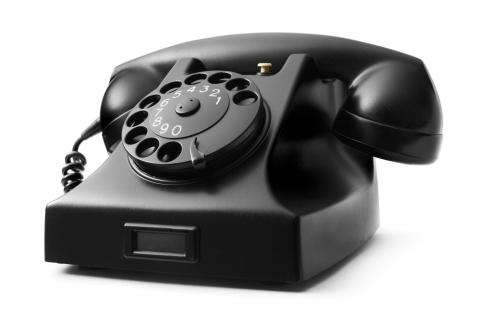When strategy fails: the case of the water cut in Bilbao
In November 2024, several municipalities in Bizkaia suffered a water supply cut. The Bilbao-Bizkaia Water Consortium acknowledged communication failures during the incident, as many citizens did not receive the recommendation not to consume drinking water in time.
Result?
- Widespread confusion.
- Uninformed citizens.
- Institutional reputation damaged.
In response to the crisis, the Consortium announced the implementation of an SMS alert system to notify citizens in real time about critical situations, seeking to prevent similar situations from recurring in the future.
When it’s done right: the example of the car dealership in Castellón
In May 2025, an unusual accident occurred at the Quadis Marzà dealership in Castellón: a worker accidentally crashed a car into the building’s glass wall, leaving the vehicle partially suspended in the air. Fortunately, no one was injured.
The advertising department took advantage of the situation with humour and creativity, posting phrases such as the following on social media:
‘Come quickly, our cars are flying… no joke.’
‘They told us to roll up the windows, but not so literally.’
Result?
- Positive public reactions.
- Increased brand visibility.
- Transformation of an incident into a successful marketing campaign.
How to build an effective corporate communication strategy
There’s no magic here, but there is a method. A good communication plan is based on:
Diagnosis and objectives
- How are you communicating today?
- What do you want to achieve: trust, visibility, retention?
Crisis manual
- Clear protocols for different scenarios.
- Trained spokespersons.
- Predefined messages (and reviewed by someone who knows how to write).
Channels and tools
- Website, social media, mailing… each with its own style.
- Media monitoring platforms.
- Smart automation (yes to chatbots, no to soulless robots).
Narrative and tone
- Humanise your brand.
- Consistency between what you say and what you do.
- A touch of humour when appropriate (and only when appropriate).
Ongoing training
- Workshops, drills, training for managers and spokespersons.
- Don’t let the person who knows PowerPoint write the first press release.
Measurement and improvement
- KPIs: response time, mentions, engagement.
- Post-crisis surveys.
- Evaluation meetings (with coffee and no blame).
Why does all this matter?
Because companies that do it well:
- Build better loyalty.
- Are more trustworthy in the eyes of the public.
- And in a crisis, they don’t panic… they communicate.
Edelman points out that 63% of consumers buy (or don’t buy) based on the trust a company inspires in them. Are you going to leave that to chance?
Conclusion
Corporate communication is much more than putting a nice logo on something and sending an email. It’s about having a voice, judgement and empathy, especially when things don’t go as planned.
And as they say in many offices: ‘Better to have a plan and not need it than to need it and only have the intern’s WhatsApp number.’










